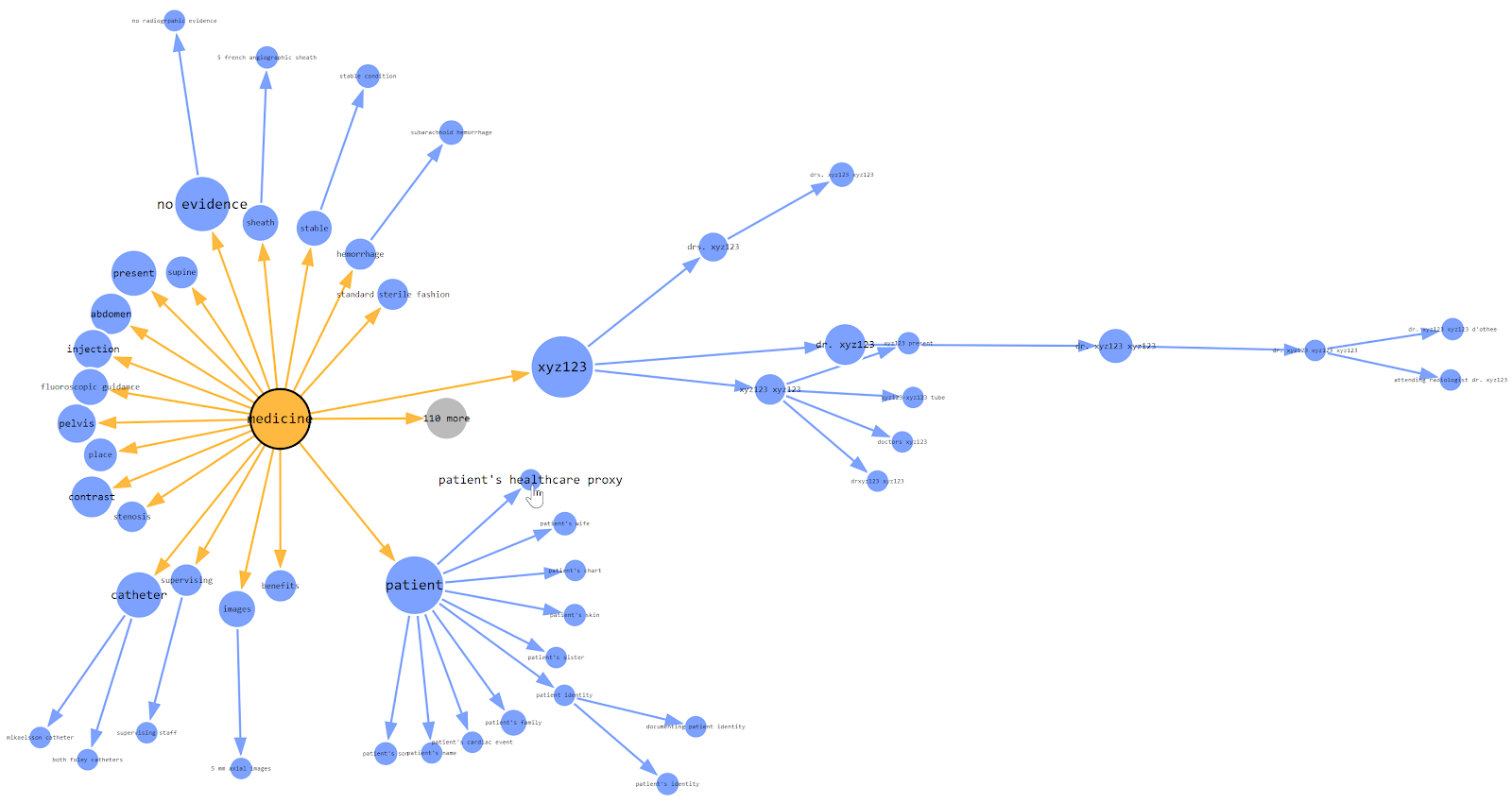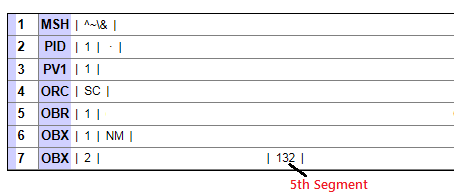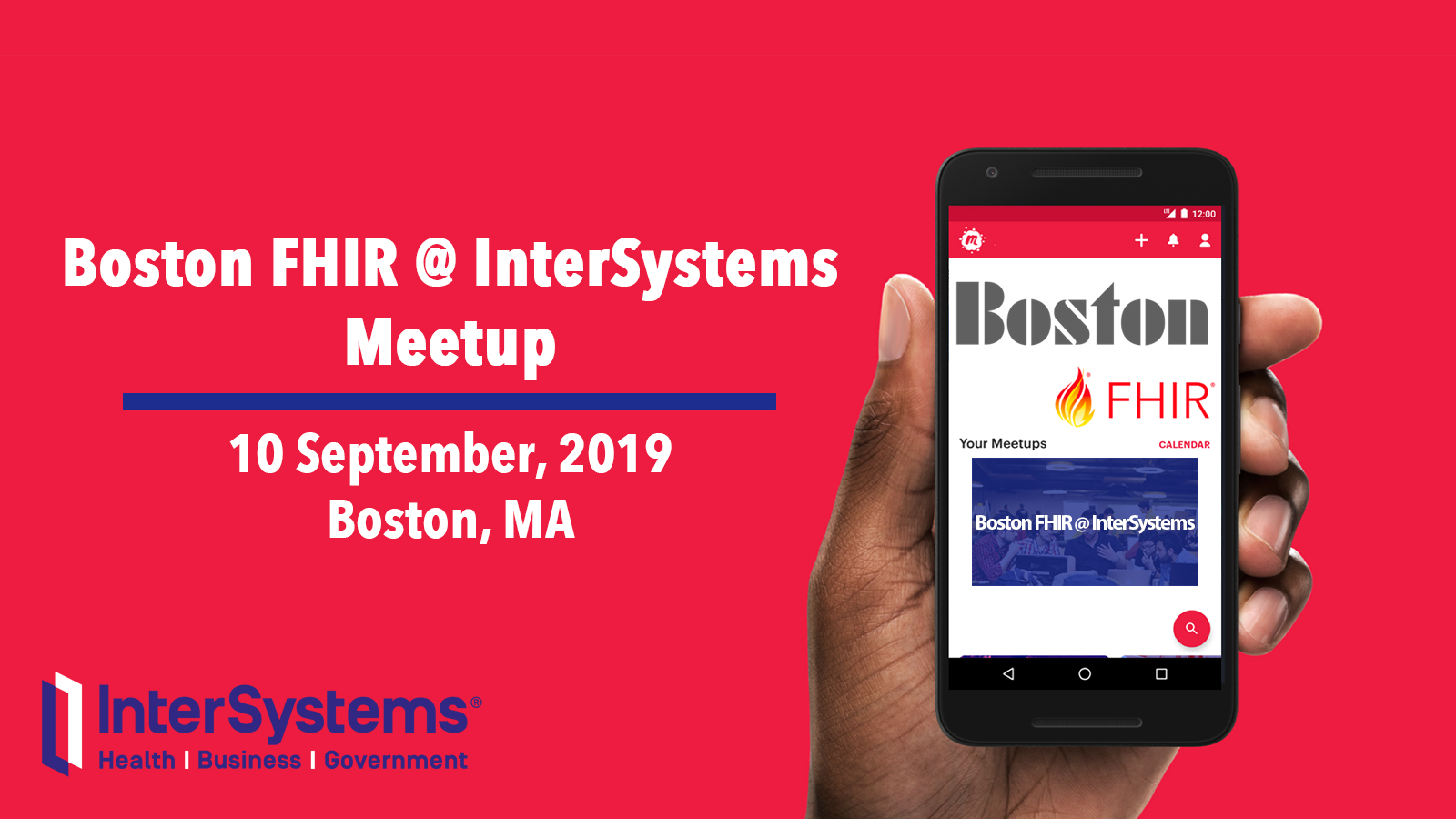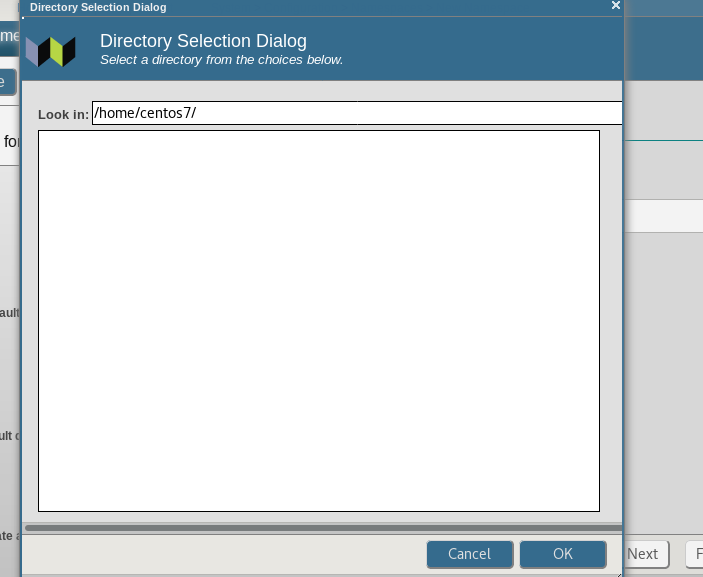Hi Community!
Here is a digest of the InterSystems Developers videos on InterSystems Developers YouTube Channel in August 2019. Please check it out!
| Top 10 Videos by Views | |||
| № | Video | Views | Watch Time (min) |
| 1 | Active Directory Integration with LDAP | 1 188 | 4 593 |
| 2 | Building Modern Web Applications | 687 | 3 851 |
| 3 | SMART on FHIR: The Basics | 498 | 4 998 |
| 4 | Developing with FHIR - REST APIs | 255 | 1 562 |
| 5 | InterSystems API Manager Introduction | 216 | 760 |
| 6 | A SOLID Design in InterSystems ObjectScript | 172 | 1 053 |
| 7 | Informative and Fast WEB API VIA ObjectScript and Ensemble/HealthShare | 159 | 464 |
| 8 | Globals Quickstart | 131 | 694 |
| 9 | Create Your First InterSystems ObjectScript Code with IRIS Community, Github, Docker and VSCode | 117 | 440 |
| 10 | Sizing and Capacity Planning | 95 | 293 |

.png)




 . In case you haven't registered yet or are still looking for the right justification to get the eventual approval to attend, here's a quick overview of all the sessions around Data Management and Analytics:
. In case you haven't registered yet or are still looking for the right justification to get the eventual approval to attend, here's a quick overview of all the sessions around Data Management and Analytics: 510
510
.png)
.png)

.png)